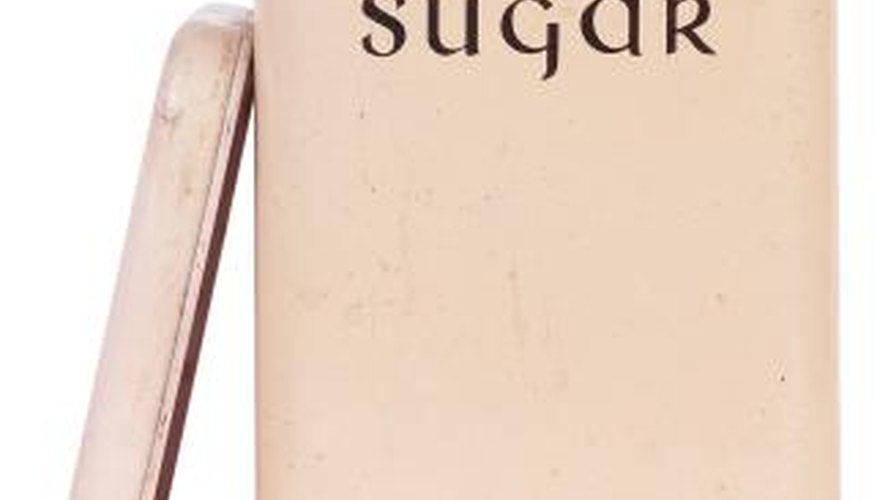If you've ever eaten an artificial sweetener then you've likely consumed saccharin. This alternative chemical for changing the taste in food has been around since before the beginning of the 20th century. The process for making the material would surprise many, since it doesn't involve anything related to food or the caloric material the body would normally consume.
Early Production
Saccharin was first discovered in 1879 by accident while a chemist named Constantine Fahlberg was busy burning other materials with another chemist, Ira Remson. Residue was leftover on Remson's hand which he caught the taste of while having lunch. In the process, he licked his hand and noticed something tasted sweet as a by-product of the burning. By 1907 the same chemical substance was being used as a sugar substitute in food. Saccharin provided a sweet additive without the side-effects of sugar that would cause weight gain or increased diabetic harm.
- Saccharin was first discovered in 1879 by accident while a chemist named Constantine Fahlberg was busy burning other materials with another chemist, Ira Remson.
Remse-Fahlberg Process
The early production process, named the Remse-Fahlberg process, mixes toluene, chlorosulfonic acid, potassium permanganate and ammonia. When the mix is burnt by heat, the resulting product is saccharin. This approach used a significant amount of raw material to create a less than commensurate amount of product. As a result, early saccharine production was expensive.
- The early production process, named the Remse-Fahlberg process, mixes toluene, chlorosulfonic acid, potassium permanganate and ammonia.
- When the mix is burnt by heat, the resulting product is saccharin.
Maumee Process
Created by Maumee Chemical Company, an alternative production procedure was developed titled the Maumee process. It later became known as the Sherwin-Williams process with company name changes. This approach uses phthalic anhydride and combines it with nitrous acid, sulphur dioxide, ammonia, and chlorine. The chemical components are synthesised together with chemical mixing. Again, the resulting product is saccharine but the production process does not use burning or heat.
- Created by Maumee Chemical Company, an alternative production procedure was developed titled the Maumee process.
Modern Products
Famous modern products for consumer use of saccharin include the coffee sweetener, Sweet'n Low as well as another product, Sugar Twin. For soda drinkers that want a soft drink without the sugar, saccharin tends to be a heavy ingredient to fill in the taste factor. For diabetics, saccharin sweetener products have been considered critical to still enjoying food taste without diabetic risk. When potential cancer concerns were raised in the 1970s, possibly halting production, the political climate turned sensitive as outcry pushed back on the Food and Drug Administration's initial determination. The government agency concerns were ultimately shelved.
- Famous modern products for consumer use of saccharin include the coffee sweetener, Sweet'n Low as well as another product, Sugar Twin.
- For diabetics, saccharin sweetener products have been considered critical to still enjoying food taste without diabetic risk.
